SUMMARY
This is AI generated summarization, which may have errors. For context, always refer to the full article.
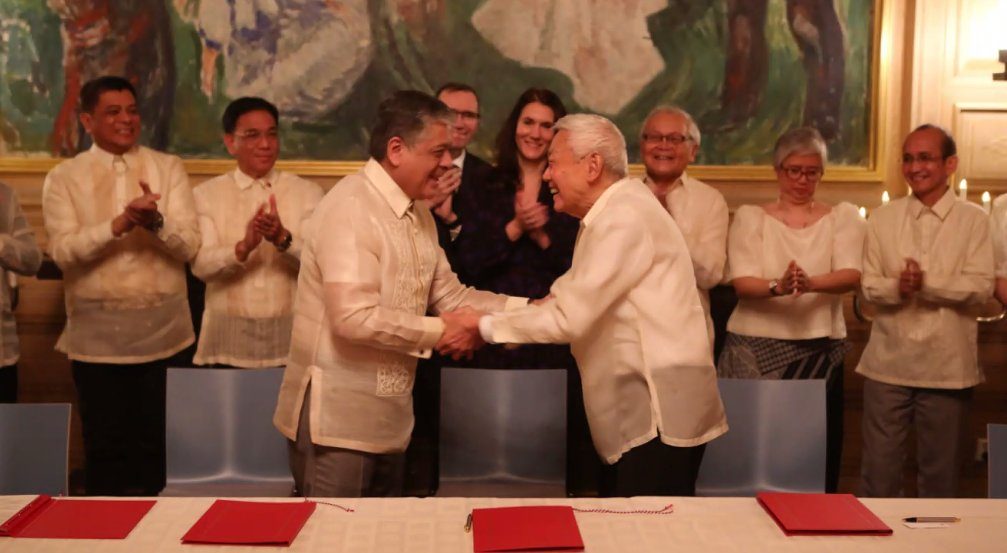
MANILA, Philippines – Both the Philippine government and the National Democratic Front of the Philippines (NDFP) made an important announcement on Tuesday, November 28: There will be new peace negotiations between the Philippine government and the communist rebels.
In two separate press conferences, the government and the NDFP, the political arm of the Communist Party of the Philippines (CPP), announced the new peace negotiations. Peace Adviser Carlito Galvez Jr. led the briefing for the government, while Julieta de Lima was his counterpart for the NDFP.
De Lima is the interim chairperson of the NDFP peace panel and wife of the late CPP chairperson Jose Ma. Sison. The announcement of the new peace negotiations came six years after President Ferdinand Marcos Jr.’s predecessor, Rodrigo Duterte, ended the peace talks in 2017.
The announcement also came only a few days after the Marcos government granted amnesty to former members of the CPP-NPA-NDF (New People’s Army) who committed political offenses on Friday, November 24.
Here’s what you need to know about the new negotiations.

How did it start?
The signing of the joint statement between the Philippine government represented by Special Assistant to the President Secretary Anton Lagdameo and the NDFP signaled the start of the new peace negotiations. The joint statement was signed last November 23.
Citing “serious socioeconomic, environmental issues, and foreign security threats,” the joint statement explained the need to “unite” as a nation to address these challenges and resolve the causes of the armed conflict. Department of National Defense Secretary Gilbert Teodoro Jr. also said that maritime threats against the Philippines are also among the reasons why the peace negotiations were made possible.
“The parties agree to a principled and peaceful resolution of the armed conflict. Resolving the roots of the armed conflict and ending the armed struggle shall pave the way for the transformation of the CPP-NPA-NDFP,” the statement said.
The statement also noted that both the Philippine government and the NDFP acknowledged the “deep-rooted and political grievances” and agreed to create a framework that will guide the negotiations. The guidelines will set the specific parameters on the peace agreement, it added.
The complete signatories to the joint statement are:
- Lagdameo
- Galvez
- Former military chief Emmanuel Bautista
- De Lima
- Luis Jalandoni, member of the National Executive Council
- Coni Ledesma, member of the negotiating panel
- Kristina Lie Revheim, special representative to the Philippines (Royal Norwegian Government)
The NDFP said that the joint statement was the product of a series of informal discussions held in Norway and the Netherlands. The discussions started in 2022 and involved the emissaries of the Philippine Government and the NDFP, through the help of the Royal Norwegian Government.
Jalandoni explained that informal discussions, which also include workshops and dialogue, were started “with the discrete initiative” of the emissary of the Philippine government. He added that the then-NDFP chief political consultant, Sison, welcomed and appreciated the initiative.
The joint statement signals the resumption of formal peace negotiations between the NDFP and the Philippine government. pic.twitter.com/5mUKJvqahD
— Jairo Bolledo (@jairojourno) November 28, 2023
What happens now
During the government’s press conference, Galvez clarified that the start of negotiations is not a “resumption,” but rather a start of another peace talk. The officials of the Marcos government also clarified that the peace negotiations have no immediate effect on the government’s response to the communist rebellion.
Nevertheless, De Lima clarified on Tuesday that the peace negotiations had started when the two parties signed the agreement. What has yet to start is the formal panel and the discussions on what the content of the agreement would be. The interim negotiating panel head explained that the NDFP will now reconstitute its panel and appoint new members before the start of the formal talks.
She added that both the Philippine government and the NDFP are in constant communication and are working for the upcoming formal talks.
During the NDFP’s press conference, De Lima also mentioned four key concerns that need to be discussed that would “help advance the peace negotiations.” However, she clarified that the concerns are not demands, but rather key points that will be discussed during the formal talks.
The concerns are as follow:
- Participation of detained NDFP consultants in the peace negotiations. De Lima said they will work on their release to allow them to contribute to the talks.
- Assurance of safety and immunity of those involved in the negotiations.
- “General, unconditional, and omnibus” release of all political prisoners.
- Abrogation of the terror designation of the NDFP, including its panel members, consultants, and all those who work for the peace talks.
The NDFP announced that they have yet to discuss who the members of the panel from the government and the NDFP will be, including the official start of the formal talks. But the group said they expect to start the talks by 2024.
The group added that they are yet to discuss if there will be a ceasefire between the government and rebel forces. On the National Task Force to End Local Communist Armed Conflict (NTF-ELCAC), the NDFP said the matter “is still on the table” and “will certainly be addressed in the coming negotiations.”
Under Marcos’ predecessor, the NTF-ELCAC became the government’s primary tool in addressing the communist insurgency. However, the task force also gained notoriety for red-tagging progressive individuals, especially those who stand up against the government’s questionable policies.
When asked if the recent grant of amnesty to former rebels played a role in the peace talks, the NDFP explained that there were no preconditions in the new peace negotiations.
“Actually, there are no preconditions whatsoever. We are quite surprised that in just a few days, the President of the GRP announced a proclamation on amnesty. And of course, we have not touched on this at all during the two-year period,” Asterio Palima, member of the NDFP negotiating panel, said.
Why this matters
Peace negotiations provide an avenue to discuss the demands of groups and address key problems such as poverty and injustice, with the end goal of achieving lasting peace. Through these talks, groups are given the platform to explain the root cause of conflict and why it is important to address them.
Now, the new peace talks signal Marcos’ new approach to addressing the communist insurgency in the country. The country has the longest-running insurgency in the entire Asian continent, with 50 years of battle between the government and rebel forces. This decades-long conflict has led to the deaths of more or less 40,000 people.
When Marcos assumed office in 2022, his government said outright that the peace talks would not continue under his term. The NTF-ELCAC, which continued under Marcos, said it will not recommend restarting peace talks with the communist rebels. National Security Adviser Eduardo Año said the Marcos administration even ordered the NTF-ELCAC to continue the anti-insurgency campaign without letup.
Despite this, the NDFP said in June this year that it remained open to the possibility of peace talks. The new peace negotiations under Marcos also signaled how the current administration differs from its predecessor in terms of key policies, such as better diplomatic relations with the US, approach to the International Criminal Court’s probe into drug war killings, and now, in addressing the communist insurgency.
No president has been successful in addressing the communist rebellion. In 2016, the Office of the Presidential Adviser on the Peace Process said there have been 40 rounds of talks for peace negotiations between the Philippine government and the communists – Duterte’s time not included.
From August 22 to 28, 2016, the first formal peace talks under the Duterte administration were held in Oslo, Norway. A month before that, then-president Duterte declared a ceasefire with the NPA as part of the ongoing negotiations.
However, only a year into the Duterte administration, Duterte terminated the talks and claimed the communists “failed to show…sincerity and commitment in pursuing genuine and meaningful peace negotiations as [they] engaged in acts of violence and hostilities.”
In 2018, a year after the end of the peace talks, Duterte signed Executive Order No. 70, which created the NTF-ELCAC. Red-tagging and a crackdown on activists and progressive individuals followed the creation of the notorious task force. – Rappler.com
Add a comment
How does this make you feel?
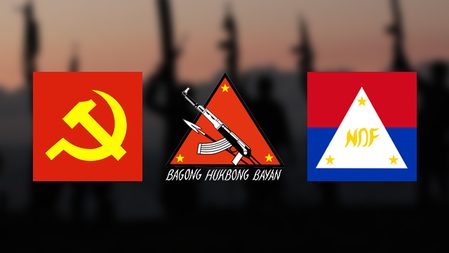
![[Newsstand] Time to negotiate peace again with the CPP-NPA](https://www.rappler.com/tachyon/2024/05/negotiate-peace-again-may-10-2024.jpg?resize=257%2C257&crop_strategy=attention)
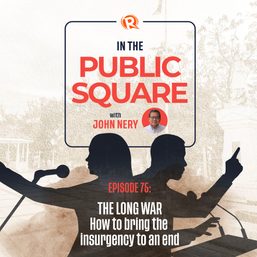

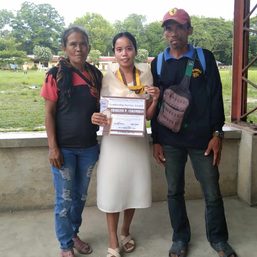
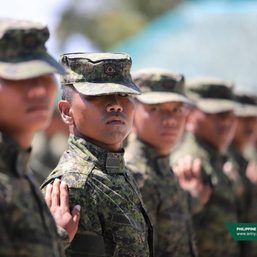
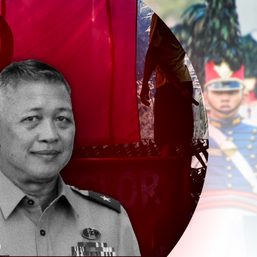
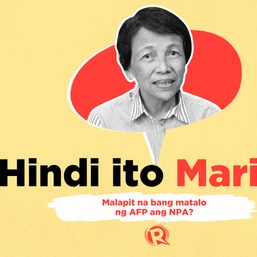
![[OPINION] The CPP-NPA’s 3rd Rectification Movement is bad news to the peace process](https://www.rappler.com/tachyon/2024/01/tl-cpp-npa-peace-talk-rectification.jpg?resize=257%2C257&crop=366px%2C0px%2C1080px%2C1080px)
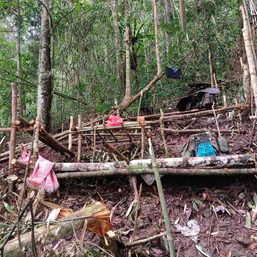



![[Just Saying] SONA 2024: Some disturbing points](https://www.rappler.com/tachyon/2024/07/TL-marcos-sona-points-july-23-2024.jpg?resize=257%2C257&crop=335px%2C0px%2C720px%2C720px)

![[OPINION] Rodrigo Duterte and his ‘unconditional love’ for China](https://www.rappler.com/tachyon/2024/04/rodrigo-duterte-xi-jinping-august-2019.jpeg?resize=257%2C257&crop=91px%2C0px%2C900px%2C900px)



![[The Slingshot] Lito Patay’s 4 hours and 38 minutes of infamy](https://www.rappler.com/tachyon/2024/07/Lito-Patay-4-hours-infamy-July-19-2024.jpg?resize=257%2C257&crop=233px%2C0px%2C720px%2C720px)
There are no comments yet. Add your comment to start the conversation.